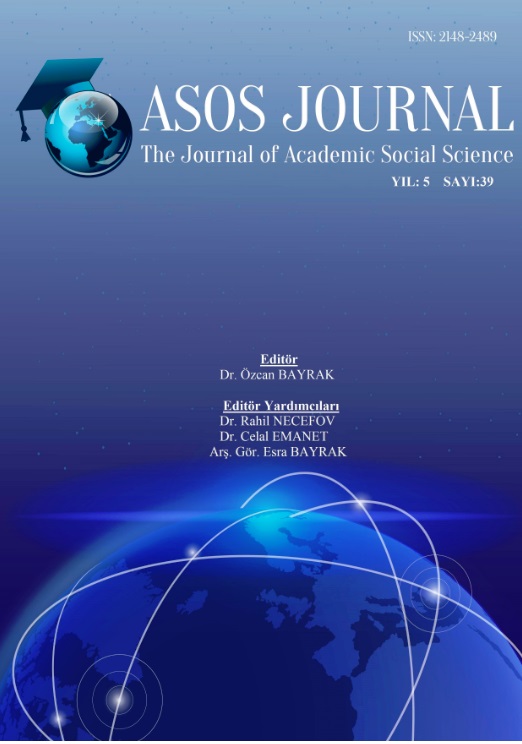Author :
Abstract
Mezar stellerinde tekli, ikili veya üçlü figürlerden oluşan kompozisyonlar betimlenmiştir. İkili kompozisyonlarda genellikle kadın-erkek (karı-koca) veya kadın-çocuk, üçlü kompozisyonlarda ise kadın erkek ve çocuk figürleri yapılmıştır. Bu steller, Ön Asya'daki örneklerinde hemen hemen hiç rastlanmayan varlıklı bir sınıfın istekleri doğrultusunda oluşturulmuştur. Kahramanmaraş mezar stelleri’nin diğer bir özelliği ise, kral veya tanrıları tasvir etmeyen gündelik kişileri ve bu kişilerin yaptıkları işleri anlatmasıdır. Kahramanmaraş ve çevresinde bulunmuş olan mezar stelleri, bölgeyi etkileyen kültürleri göstermesi bakımından da önemlidir. Örneğin, Büyük Hitit Krallık sanatı özelliği olan erkeğin kadının sağında olması, erkeğin bıyıksız oluşu, yün eğiren kadın betimlemesi, ucu kalkık ayakkabı gibi motiflere Kahramanmaraş ve çevresinde bulunmuş mezar stellerinde sıkça rastlanır. Ayrıca, bu stellerde Asur, Arami, Fenike, Urartu sanatlarının etkileri de görülmektedir.
Keywords
Abstract
In funerary steles, compositions that composed of single, double or triple figures are depicted. Generally, female-male (husband-wife) figures or female-child figures in binary compositions, female-male-child figures in triple compositions are depicted. These steles were created in the direction of the wishes of a propertied class which is scarcely encountered in the examples in Asia Minor. Besides these features, in Kahramanmaraş funerary steles, ordinary people and their works are depicted rather than King or Gods. The funerary steles found in Kahramanmaraş and around the city has a crucial importance for indicating the cultures influencing the region. For instance, figures such as depictions that male is on the right side of the female, male has no mustache, portrayal of spinning woman, and upturned shoes figures are frequently seen in funerary steles found in Kahramanmaraş and around. Furthermore, the effects of Assyrian, Aramaic, Phoenician and Urartian arts are also seen in these steles.
